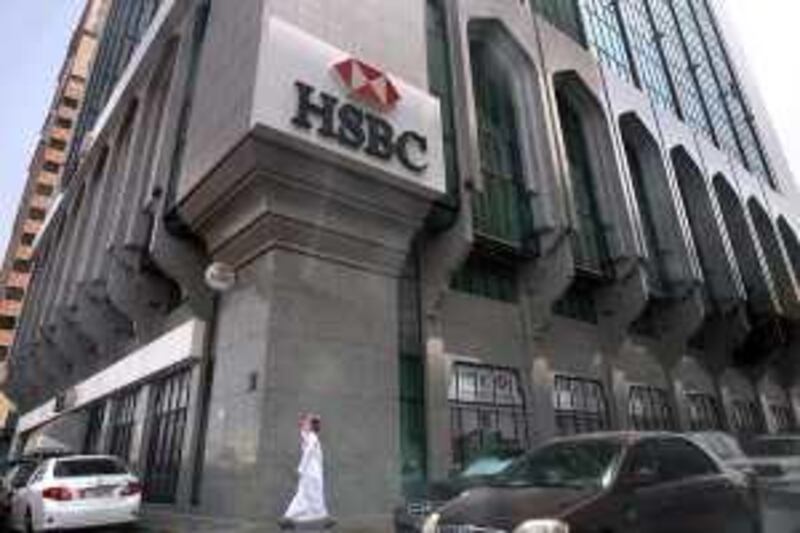A growing number of UAE banks are focusing on cutting costs as income from lending and fees continues to decline and provisions for bad loans rise, consultants say. The process is slow and painful after years of uninhibited growth of the UAE's banking sector.
"After some first movers began to cut costs as early as last year, a larger cost-cutting wave has started to set in," said Alexander von Pock, who consults on banks and financial institutions for the management consultancy AT Kearney. "Top management and the boards are taking charge of the issue as they realise they must rein in their costs." While the more established banks are mainly looking to cut costs by re-evaluating their product portfolio, staff, back office operations, purchasing and other activities, younger banks are scrutinising their overall set-up.
"Some of the younger banks have not yet gained traction and may even need to reconsider their entire business model," Mr von Pock said. The Central Bank licensed several new Islamic banks such as Noor Bank, Al Hilal Bank and Ajman Bank in recent years. "Where banks believe that projected revenue growth will be slow or negative, it is likely that they will look at opportunities to reduce costs and maintain efficiency ratios," said Robert Thursfield, an analyst at Fitch Ratings.
HSBC last month reportedly laid off about 90 junior and middle-management employees. The bank confirmed it was less than 2 per cent of its regional workforce of about 4,000. Some banks have started to retrain their sales staff as debt collectors, as customers face problems repaying their loans. Others are also evaluating outsourcing. But consultants say it is hard to gauge the exact number of layoffs in the banking sector, as the topic is extremely sensitive.
The biggest hurdle in cost cutting was changing the mindset of bankers, Mr von Pock said. "Bankers were long in a state of denial," he said. "You have a very different mindset after a prolonged time of unprecedented growth. It was a mindset that focused on business expansion and not the costs." Between 2003 and last year, the UAE banking sector grew about 33 per cent a year. There are 24 national banks and 28 foreign banks with 638 and 83 branches, respectively.
So far, most banks have managed to hold their cost-income ratios fairly stable. They are still low by international comparison, ranging from more than 50 per cent at Abu Dhabi Commercial Bank to First Gulf Bank's 24.1 per cent. Many European or US banks have cost-income ratios above 70 per cent. But banks will have to employ much harsher measures going forward, analysts say. Second-quarter earnings declined as much as 50 per cent as UAE banks set aside higher provisions for loan defaults.
Emirates NBD, the country's biggest lender, predicts non-performing loans will rise to 2.5 per cent of overall lending next year. Many banks are seeing their income streams reduced. The lack in new lending, which was almost flat in recent months, is hurting banks most. In recent years bank lending grew an average of 33 per cent annually. Interest income is also expected to decline as the spread between local and international interest rates narrows. Fee income has also fallen in light of fewer initial public offerings or sukuk and bond issues.
In addition, recovering equity markets allowed banks to register strong book gains and trading income in the first half, a trend that could be reversed in coming months. "Continued normalisation of Eibor-Libor [Emirates interbank offered rate and its London equivalent] spreads will pressure net interest income over coming quarters," EFG-Hermes said in a recent note about Emirates NBD. uharnischfeger@thenational.ae





